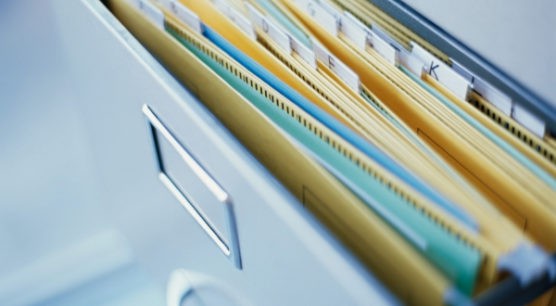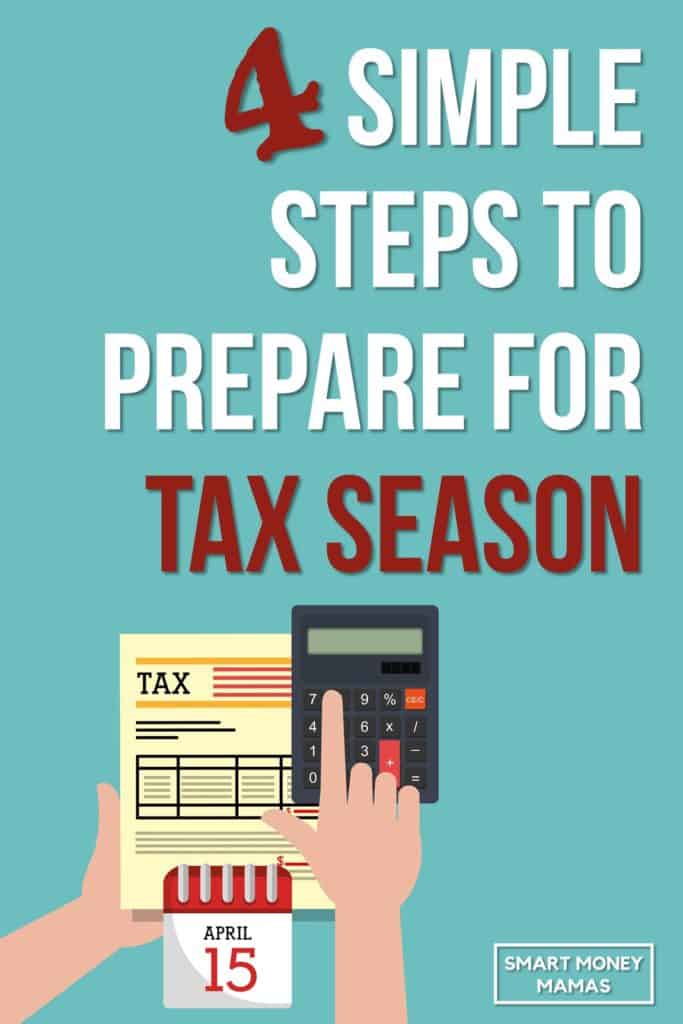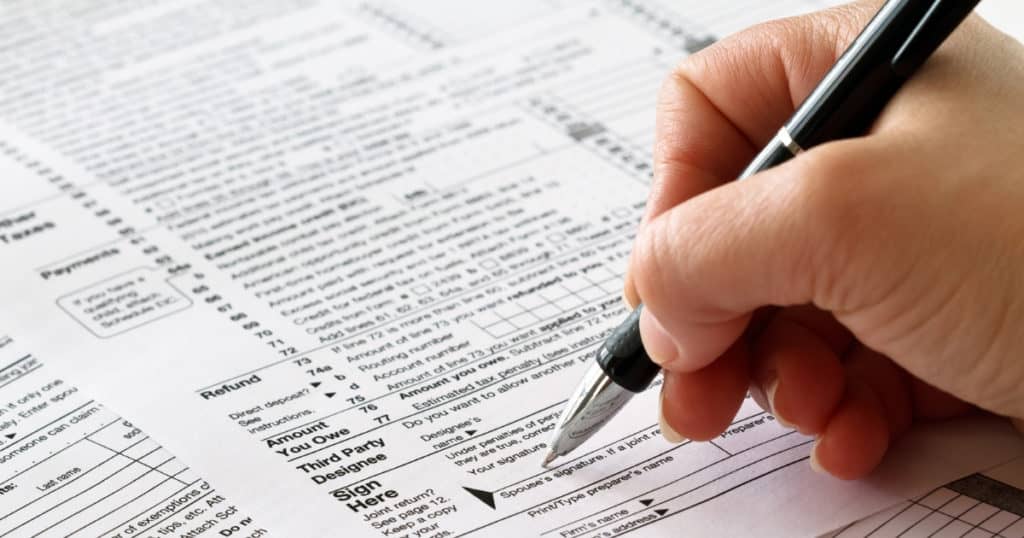Like it or not, April 15th will be here before you know it.
While many of us put off the task of filing our Federal income taxes until the last minute, spending a little time preparing to file your taxes can save you a ton of stress. (And spend less time running around for your accountant.)
Want an easier tax season this year? Here are four steps you should take right now.
Table of Contents
1 – Get Organized

If you don’t know where to start, start with last year’s return (hopefully you filed one!). Use it as a guide to help you figure out what you will need for this year. If you needed a certain form last year, there is a good chance that you will need it this year.
Here are some common tax forms that most people will need to complete their taxes.
Income Related Forms
These forms are typically sent to you by employers, banks, and brokers to show your various forms of income. Look for them in the mail or download them from your online portals.
- W-2 – form that employers must provide to you that shows your earned wages for the year.
- 1099-INT – shows interest that you have earned (example – checking and savings account, CDs, etc.).
- 1099-DIV – shows money earned from dividends.
- 1099-MISC – form that shows money earned as a sole proprietor (income from your own personal business, includes at home businesses and freelance work).
Deduction Related Forms
These forms may be sent to you by lenders or specific accounts, but make sure you find forms from all of your accounts so that you’re receiving the maximum deduction.
- 1098 – shows mortgage interest paid for the year and includes real estate taxes paid (if paid from your mortgage escrow).
- 1098-E – details the amount of student loan interest that you paid during the year.
- 1098-T – this form includes payments made for qualified tuition and related expenses.
- 8889 – reports HSA (health savings account) contributions made by you or your employer on your behalf. This can allow you to use pre-taxed money for a current year tax deduction.
Not only will some organization save you time, it might also save you some money. If you have your paperwork organized, you may feel more comfortable preparing your own taxes.
But if you end up choosing to use a tax professional, he or she is likely to spend less time on your taxes if all your materials are in order. That could mean a lower bill.
2 – Consider Any Changes

What life changes did you have this year?
Did your filing status change (in other words, did you get married or divorced?)? Be sure to check that box on your Form 1040.
How about a new addition to the family or any dependents that you need to add to your tax return? You will need to include it!
Did you switch jobs? You will need a W-2 for each job if you worked at both during 2018.
Did you move? You may need to file multiple state or local tax returns.
Life changes can impact deductions and write-offs, while also determining if you might need to do anything different on your taxes this year.
3 – Organize Your Deductions

Receipts, receipts, receipts. If you want to be able to deduct it, you are going to have to be able to prove it. Gather some documentation for these deductions.
Charitable Contributions
If you don’t have a receipt from the organization, you can use a canceled check or a bank or credit card statement. You will need something that verifies that you indeed did make this contribution.
Medical and Dental Expenses
The IRS permits you to deduct qualified medical expenses that exceed 7.5% of your adjusted gross income. You can use receipts and billing statements to show medical expenses that you have paid out of pocket.
Mileage and Automobiles
This one applies if you are self-employed. You have the option to take a standard mileage deduction or deduct actual expenses.
If you go the standard mileage route, make sure that you have kept a record of the miles that you drove for business purposes. You are allowed a deduction of 54.5 cents per mile (as of 2018).
If you choose to deduct actual expenses you need records of interest for car payments, lease payments, repair bills, and gas receipts.
All automobile expenses are prorated based off of the business use of the vehicle. In other words, if you use it for business purposes 70% of the time, 70% of the expenses are deductible.
Office Expenses
If you are self-employed you can also deduct expenses for office supplies related to your business (think envelopes, postage, paper, pens, etc.). You will need receipts for these items.
More Deductions for the Self-Employed
You should also gather receipts for advertising expenses, insurance, legal or professional fees, rent, travel, utilities, and repairs and maintenance.
Other Deductions that May Be of Interest to You
Some other deductions include alimony payments, HSA contributions, and educator expenses.
4 – Decide Who Will Prepare Your Taxes

The Tax Cuts and Jobs Act (TCJA) might mean some changes for your return this year. If you’re concerned about how these changes might impact you, you might consider working with a tax professional who understands the new rules and their effects on your return.
If you choose to work with a tax professional and you do not currently have one, now is the time to do your research and find one. Finding an available accountant in April is like looking for a snowman in July.
Make Your 2019 Tax Season Easier
If you struggled to find the forms and documentation that you needed for your 2018 tax return, now is the time to come up with a better plan for 2019. Make it a priority to keep track of this year’s forms, to save your receipts, and to document your expenses in an organized fashion.
Did you owe money this year? That can be stressful! Or did you receive a large refund? A big return might be nice, but it is basically an interest-free loan from you to the government. You may want that money in your pocket instead throughout the year instead. Now is the time to change your withholdings on a W-4 with your employers.
Think about any changes you might want to make for 2019 so next year’s tax season is a breeze!
We want to know, what is the hardest part of filing taxes for you? Share in the comments!




